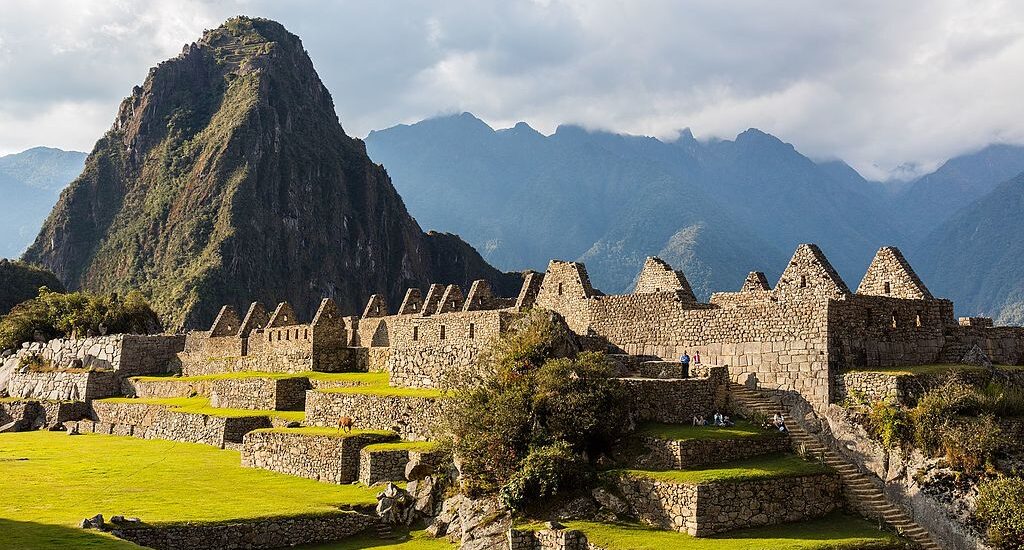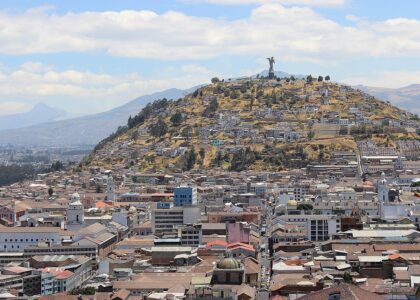When we talk about Peru’s ancient architecture, the first thing that usually comes to mind is the incredible legacy of the Inca civilization. This ancient empire left behind some of the most impressive architectural wonders in the world, such as Machu Picchu, known for its intricate stone constructions that have stood the test of time. The architecture of the Incas tells us a lot about their skills, beliefs, and ways of life. Exploring Peru’s ancient architecture offers a glimpse into a past where engineering and art merged, creating structures that continue to fascinate us today.

The Foundations of Peru's Architectural History
Peru’s architectural history is a journey from ancient times to the present day. It started long before the Incas, with various cultures shaping Peru’s early architecture. This era laid the foundation for the Incan style that we admire today. After the Incas, the Spanish colonization introduced new architectural designs, blending their own with the existing Incan structures. This fusion created a unique style that can still be seen in Peru’s cities. Over the centuries, these styles have evolved, yet they maintain a connection to their roots. Today, Peru’s architecture is a mix of the old and the new, showing both its rich history and modern progression.
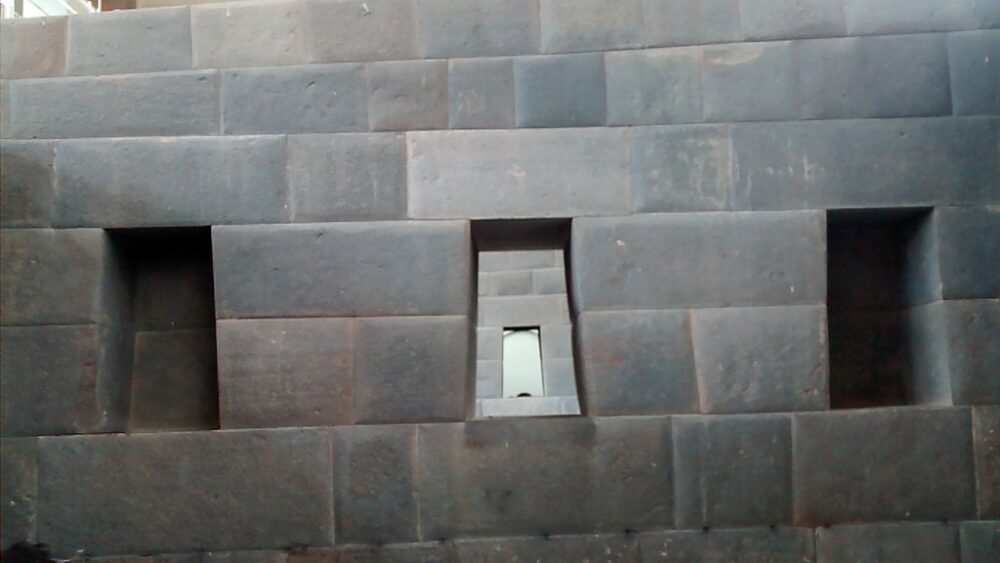
Peru's ancient architecture: The Inca Legacy
The hallmark of Peru’s ancient architecture is the legacy left by the Inca civilization. Known for their advanced engineering skills, the Incas built structures that have endured for centuries. They used massive stone blocks, expertly cut and fitted together without mortar. This technique showcased their skill and made the buildings resistant to frequent earthquakes in the region.
Machu Picchu is perhaps the most famous example of Inca architecture. This mountaintop city is admired for its terraces, temples, and palaces, all showcasing the Incas’ mastery of stone. Another significant site is Chavín de Huantar, known for its intricate stone carvings and complex design. These sites give us a glimpse into the Inca world and their architectural prowess, making them essential parts of Peru’s ancient architecture.
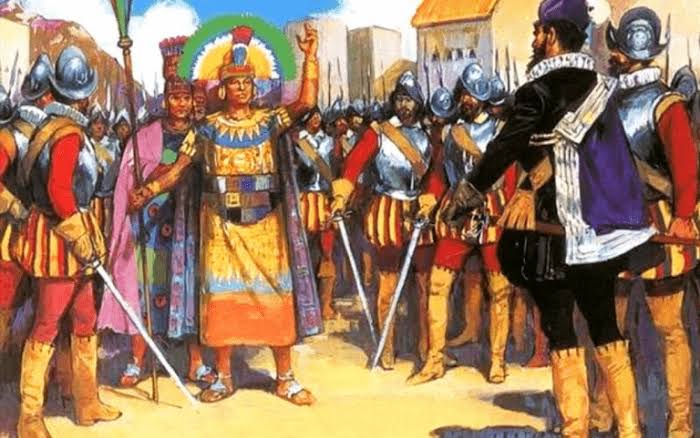
The Colonial Transformation
When the Spanish colonized Peru in the 16th century, they brought their architectural style with them. This led to a significant transformation in Peru’s architecture. The Spanish built new cities and buildings with a European flair, featuring Baroque and Renaissance styles. However, they didn’t entirely erase the Inca architecture. Instead, they often built upon it. In cities like Cusco, the Spanish used existing Inca foundations for their new buildings. This blend created a unique architectural style in Peru, combining Inca sturdiness and European elegance. Today, this fusion is a defining characteristic of Peruvian colonial architecture.
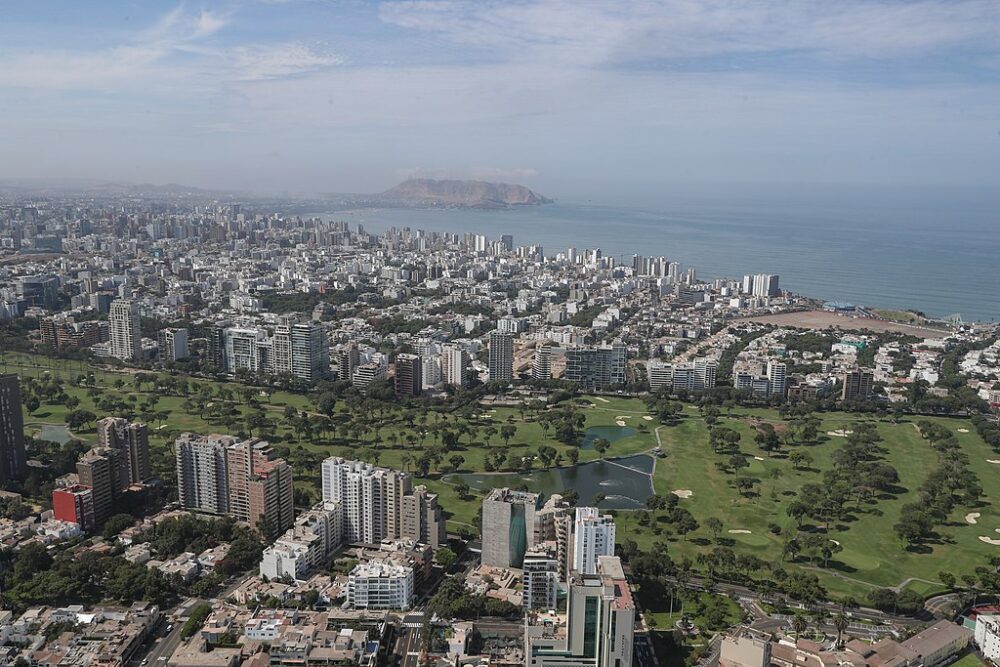
Peru's Ancient Architecture: Modern Peru – Blending Past and Present
In contemporary Peru, the architectural scene is a mix of the old and the new. Modern architects in Peru often draw inspiration from the country’s rich history, blending ancient styles with modern techniques and materials. The Site Museum of Paracas Culture is a perfect example. Built in 2016, it conserves Peru’s cultural heritage and complements the surrounding desert landscape with its reddish walls. The Pachacamac Site Museum is another near Lima’s largest archaeological complex. It features linear, stone-wall designs that echo pre-Columbian styles while offering a modern museology experience. These buildings show how modern Peruvian architecture respects and revitalizes the past, creating spaces that connect history with today’s world.
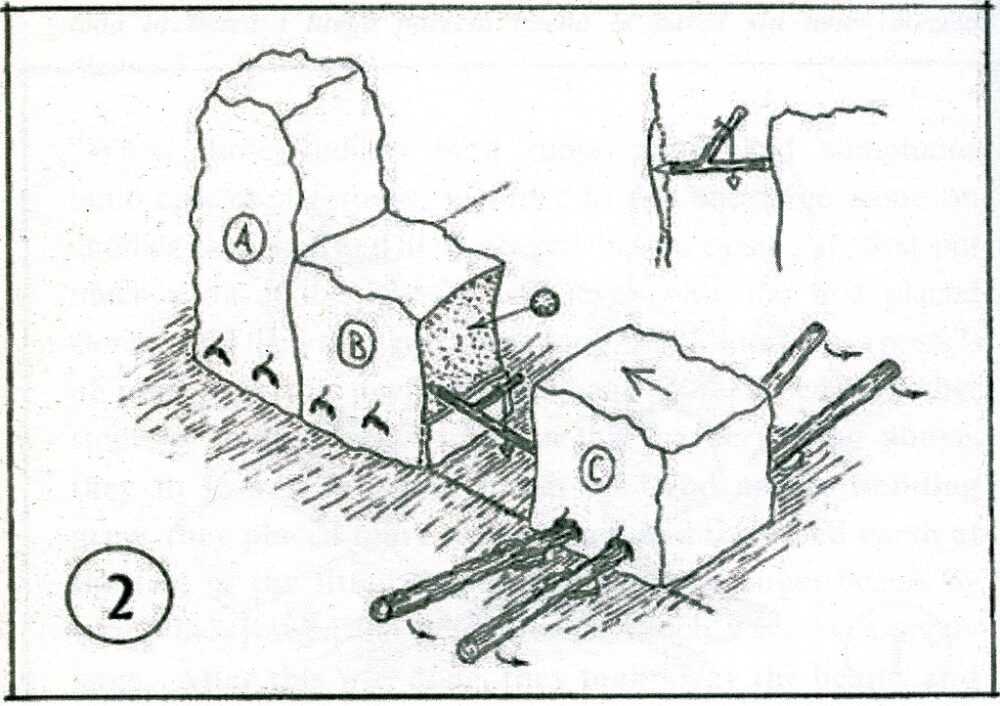
The Art of Building: Inca Techniques and Materials
Inca architecture is famous for its stone masonry, a technique where large stones are cut and fit together without mortar. The precision of this method is so remarkable that not even a piece of paper can fit between the stones. This technique, along with the use of inclined walls and trapezoidal shapes, made Inca buildings strong and resistant to earthquakes. They also used thatched roofs made from local grasses, providing effective protection from the rain while complementing their stone structures. These ancient building methods are still studied today, offering inspiration and insights into sustainable and earthquake-resistant construction.
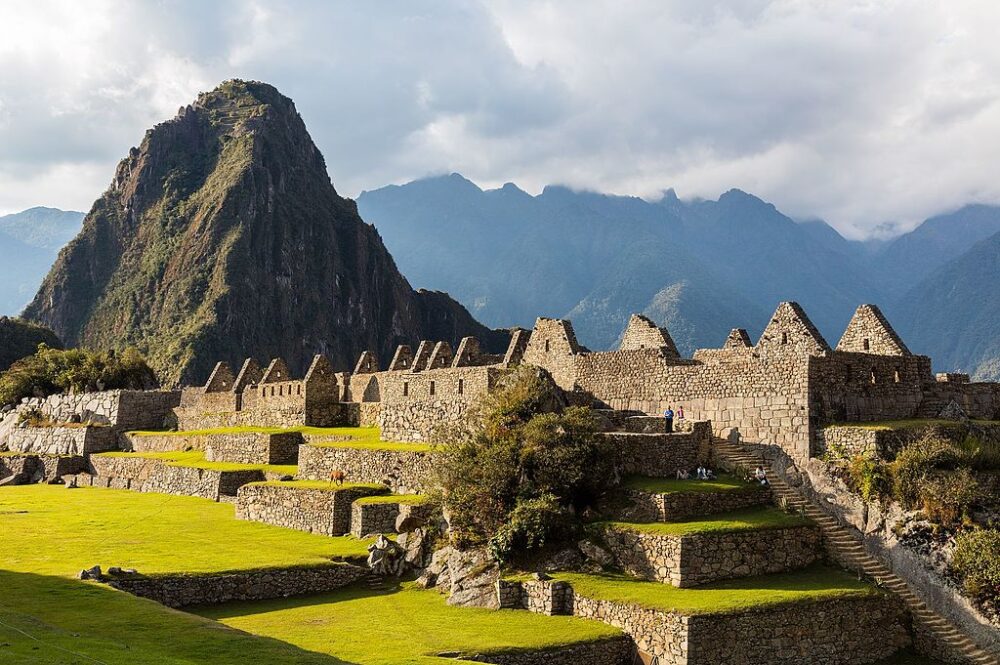
Preserving History: The Future of Peru's Architecture
Preserving Peru’s ancient architecture is a challenging but crucial task. Many of the ancient structures are vulnerable to natural elements and human interference. Efforts to restore and maintain these sites involve physical work and extensive research to understand the original construction techniques. Organizations and government agencies are working to protect these historic sites, ensuring that Peru’s architectural heritage is preserved for future generations. This preservation is essential for keeping history alive and providing a window into the past for everyone to learn from and appreciate.
A Journey Through Time
Peru’s ancient architecture is not just a testament to the past; it’s a bridge connecting us to a rich historical legacy. From the sophisticated stone masonry of the Incas to the blended styles of the colonial period and the modern interpretations of ancient designs, Peru’s architecture is a journey through time. It captures the spirit of resilience, innovation, and cultural depth.
Join the Safe Homes Movement to help preserve this rich heritage. As part of MEDLIFE, the Safe Homes Movement works to enhance life in Peru and Ecuador by building essential infrastructure. You can be part of this noble effort to improve lives and preserve cultural heritage. Whether you’re a design, engineering, or architecture student, your involvement can make a real difference. Download our brochure and join us in building a better tomorrow for communities in Peru and Ecuador.
If you are ready to learn more about Peru’s ancient architecture, fill out the interest form below! See how you can get involved with the Safe Homes Movement and MEDLIFE today!


